We use natural resources every second of our lives, whether voluntarily or not. The fact is that humans need natural resources to survive, no matter how small your carbon footprint is.
We use natural resources for nutrition and the creation and powering of manufactured goods. Natural resources include water, air, soil, plants, animals, metals, rocks, the sun, natural gases, and more.
This is how to conserve natural resources:
- Reduce your waste production
- Reuse items and products where possible
- Recycle items
- Dispose of unwanted or hazardous materials ethically
- Start a compost heap
- Plant trees and plants
- Buy second-hand goods
- Use renewable resources
Let’s take a look at each of these individually in more depth.
1. Reduce Your Waste Production
When you reduce your waste production, less waste must go to a landfill. Sure, you might never have to look at a landfill site, and people are paid to deal with them, but how do they deal with the copious amounts of waste that arrive at a landfill every day?
Some environmentally minded municipalities might employ staff to sort the waste into piles of plastics, metals, organic waste, and the like.
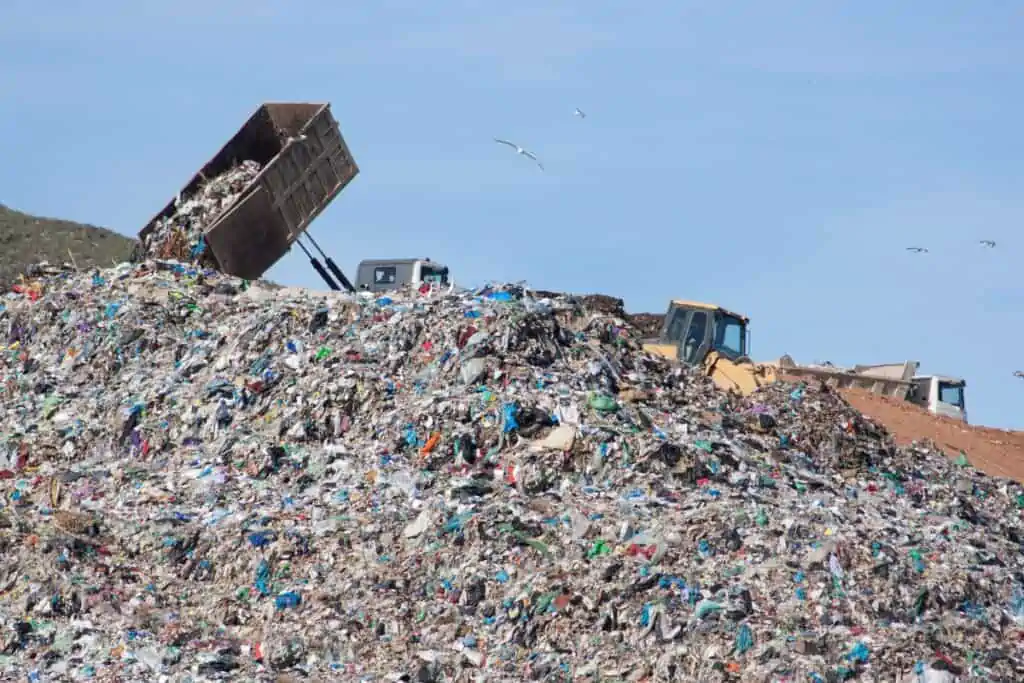
But the garbage at most landfills is burned to get rid of it. The smoke from burning waste pollutes the air we need to breathe – it doesn’t just disappear into thin air.
Garbage in landfills can also create a toxic concoction that seeps into the soil and groundwater. Plants growing in contaminated soil might hold some of that toxicity. Poisoned water will be unsafe to drink and negatively affect fish and waterfowl.
Reducing waste does not just mean throwing out less garbage. Consider the fumes created by vehicles, which also pollute the air.
To minimize your impact on waste production, you can use public transport or a bicycle. And while you’re at it, make and pack your lunch in a reusable container instead of buying lunch on the go that comes in plastic wrapping.
2. Reuse Items And Products Where Possible
When you reuse an item or product, you not only reduce your waste production, but you reduce the need to produce more items.
This is because natural resources are needed when products are made for the contents or production process.
Consider the simple cup. You can fill up your reusable cup at the office drinking fountain as often as you need, with no waste.

But if you take a disposable cup every time you want to drink water, that creates more waste and more need for production, even if the disposable cup is biodegradable.
Here are some ideas for domestic items that you can reuse instead of throwing them away:
- Glass and plastic bottles
- Plastic packets
- Cardboard boxes (use these for storage or transporting)
- Paper (use the clean side for notes and shopping lists)
- You can use old clothing for cleaning rags
- Newspaper is suitable for cleaning windows, lining hamster cages, or soaking up dog pee on floors
3. Recycle Items
Many municipalities promote the recycling of glass, plastic, metal, and aluminum.
You can help conserve natural resources by recycling these products instead of throwing them away.
In addition, the quantity of resources plus the cost involved in recycling these products is much less than creating the product from scratch.
Below are some statistics on how recycling, or resource recovery, preserves virgin (untouched) natural resources:
Paper
Two thousand pounds of recycled or reused paper saves 380 gallons of oil and 7,000 gallons of water.
Aluminum
The virgin source of aluminum is bauxite ore.
When recycled aluminum cans are used to make new aluminum products, 95 percent of energy production requirements are saved.
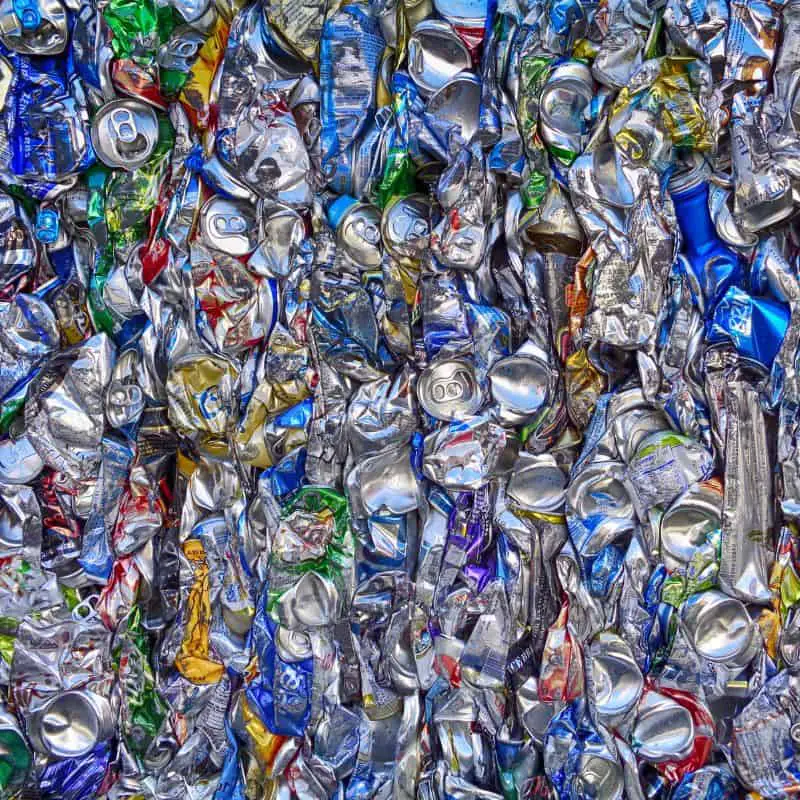
Steel
Recovered steel is the primary source of raw materials in its industry.
More than 75 percent of the steel produced in the U.S. in 2005 was made from recovered steel.
Glass
Recovered glass is called “cullet.” One ton of cullet saves more than 2,000 lbs. of raw materials, i.e., 1,300 lbs. of sand, 410 lbs. of soda ash, 380 lbs. of limestone, and 160 lbs. of feldspar.
Using recovered glass also reduces greenhouse gas emissions and saves energy.
4. Dispose Of Unwanted Or Hazardous Materials Ethically
Whether through ignorance or a don’t care attitude, many of us discard hazardous items in our way.
Examples of the unethical disposal of goods include littering, throwing toxic chemicals into the ground or water, dumping unwanted furniture, vehicles, or building waste in public areas, or the disposal of hazardous items in household waste.
Hazardous items that need particular waste disposal include lightbulbs, batteries, appliances, and chemicals.
These items are considered dangerous to their high flammability and propensity to explode, which is not ideal when burning waste in a landfill.
In addition, some of these hazardous items are toxic and can harm uninformed people or poison the soil and groundwater.
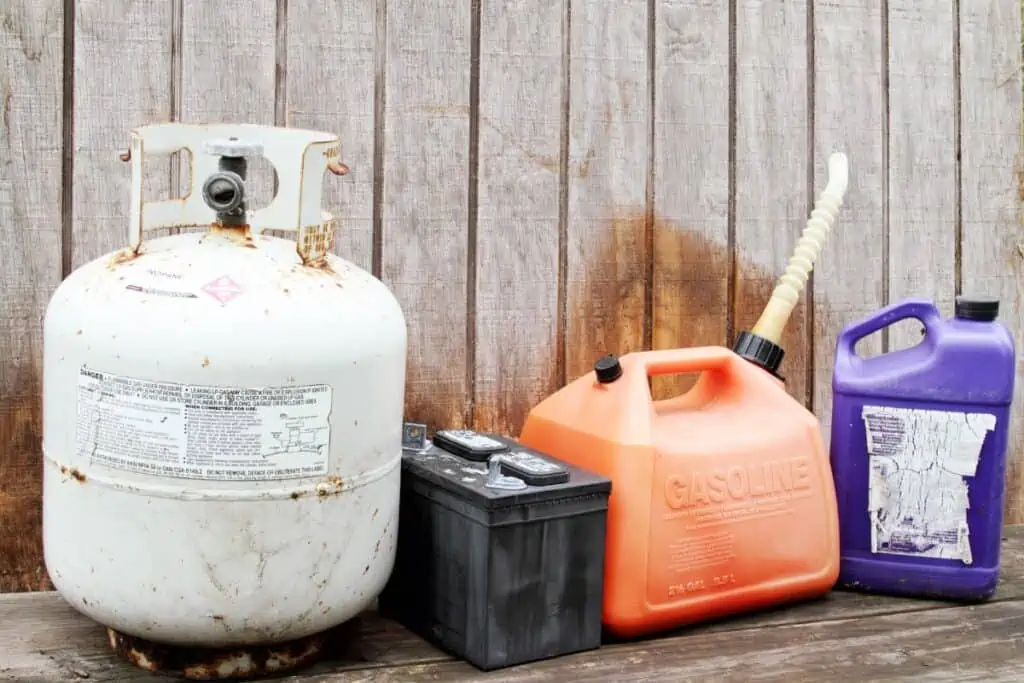
Ask your local municipality about their hazardous waste disposal plan. For example, they may have an allocated collection center for unwanted appliances, lightbulbs, and batteries.
If you have hazardous chemicals or motor oil that needs disposal, contact a professional company to do so, as they are meant to have a license to dispose of such waste ethically.
You may have to pay a levy to have them remove it, but that should be incorporated into your budget if you want to be eco-friendly.
Take scrap metal and old vehicles to a scrapyard or call them to collect the steel scrap from you. You may even get some money in return for your scrap metal.
As mentioned, reclaimed steel constitutes most of the raw material used in steel production, so you will be doing your bit for conservation while tidying up your yard.
5. Start A Compost Heap
Composting is a fantastic way to conserve natural resources. When you throw organic matter into the ground, it decomposes.
The nutrients from decomposed organic matter enrich the soil, aerate it, keep it moist, and improve its composition.
In addition, bugs like earthworms and other critters will gravitate to the decomposing matter and improve the underground ecosystem.
Instead of buying compost in plastic bags, you can use your homemade compost to feed your plants and trees.
The roots of your plants and trees will draw up the nutrients and improve their health.
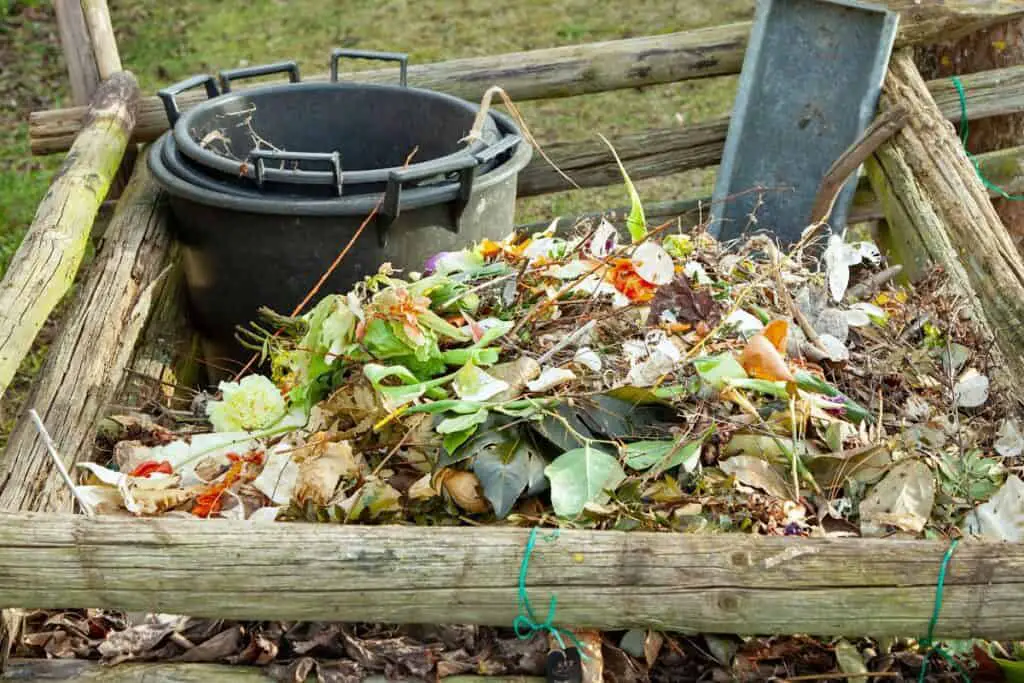
What Can You Put Into A Compost Heap?
When you start your compost heap, you can dig a hole and fill it up with organic waste or create a compost heap above ground that can be just as efficient.
For small gardens, a sunken compost heap is helpful because you can cover it up with earth when it is nearly full or use that same hole to plant a tree or shrub, complete with its nutrient starter pack.
It is better to have sides on a permanent compost heap, with an opening at the bottom where you can shovel out the already decomposed matter.
Plus, it confines your compost heap and stops it from taking over your garden. If you see a plant growing in your compost heap, it might be from a fruit or vegetable you ate.
If so, congratulations on your new veggie garden!
Organic matter that you can add to your compost heap includes:
- Fruit and vegetable peels and pips
- Mowed grass
- Pulled up weeds
- Dog poop (though it may stink)
- Raked up leaves and twigs
- Urine (the nitrogen, moisture, and uric acid are great compost stimulators)
6. Plant Trees And Plants
Trees and plants provide us with fresh and clean air to breathe because plants’ “waste” product is oxygen, so it’s a great idea to look after our plant life and trees.
There are many benefits of planting more plants and trees, though. Here are some of them:
Why Planting Your Own Vegetables And Fruit Is A Good Idea
When you plant your food, you know its origin.
Unfortunately, the fresh produce we buy in stores has often been treated with pesticides and GMOs, ultimately harming plants, soil, water, and those who consume this produce.
The other advantage of home-grown food is that it cuts out packaging and transportation, which will help to conserve natural resources.
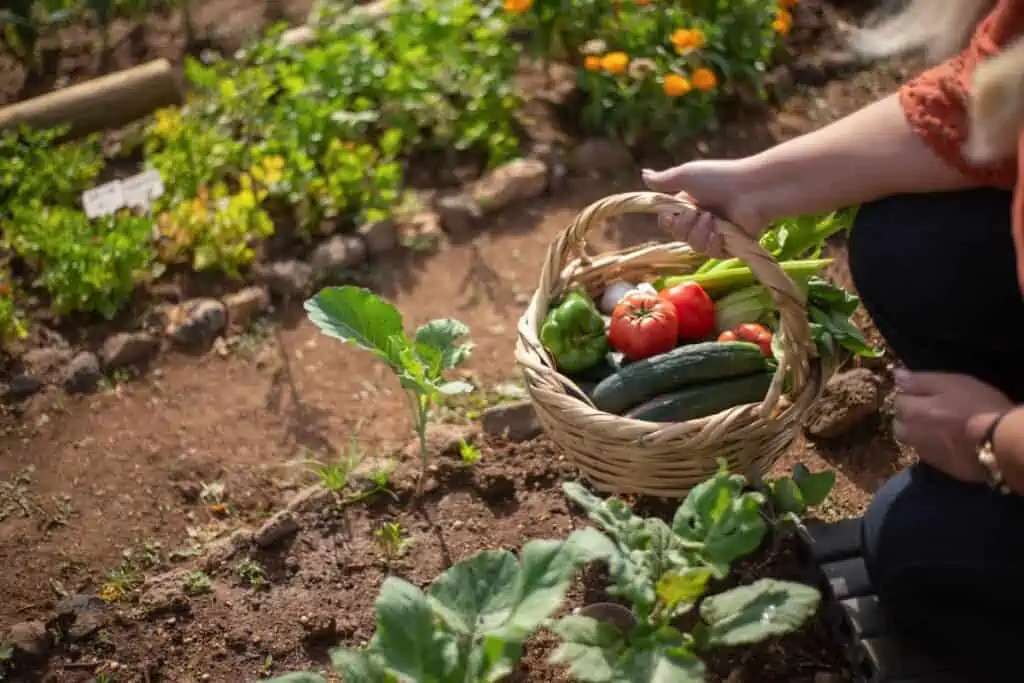
The Advantages Of Planting Trees And Plants
Trees and plants add natural beauty to a world fast becoming a modern landscape of sharp edges and waste.
As mentioned, they also improve the quality of the air we breathe.
Planting a tree helps to reclaim space for tree-dwelling animals, birds, and bugs.
They cool the air naturally and protect against sound pollution and excessive wind.
7. Buy Second-Hand Goods
When you buy second-hand goods, it is quite like point number two, Reusing Items And Products.
The difference is you are reusing a product that someone else did not want or need.
When you buy second-hand items or thrift, you are conserving natural resources in the following ways:
- No energy or resources are required to remake a duplicate item.
- Waste sent to the landfill site is lessened.
- You are reducing demand on manufacturers and retailers – significant users of natural resources.
8. Use Renewable Resources
Electricity is vital in the lives of those who have access to it but in minor ways. You wouldn’t be reading this article without electricity.
Electricity supply has historically been fueled by fossil fuels, coal, and natural gases, which are used once and then are gone.
These natural resources have been harvested at the expense of other natural resources.
We are now more aware of other means to fuel our electricity supply instead of using these once-off fuels.
Some folks have been clever enough to design secondary energy production by using the waste from burning these natural resources, but it is still not sustainable.
Solar, wind, and hydropower can produce sustainable or renewable electricity supplies.

Through ingenuity and clever engineering, the energy harvested from these natural and renewable resources is more readily accessible and usable to feed a power grid.
Suppose you live in a district that does not employ renewable energy sources. You can look to get solar panels and the correct technology to conserve the solar energy your panels have collected.
Water can be heated in black pipes coiled on your roof in hot areas. No need for electricity there.
Hydroelectric power plants use the movement and flow of water to create electricity, and wind farms use the wind to do the same.
To save water, you can get a rain tank that collects rain and dew from your roof. The collected water can be used for drinking or watering your garden.
You can also use shower or bath water (gray water) to flush your toilet or water your grass.
Of course, another alternative for an energy source is to get on your exercise bicycle in the basement and start pedaling furiously so that you can charge your phone and watch T.V. tonight.
Final Thoughts on Conserving Natural Resources
There are many ways that you can conserve natural resources.
You can reduce waste production, reuse items and products where possible, recycle items, dispose of unwanted or hazardous materials ethically, start a compost heap, plant trees and plants, buy second-hand goods, and use renewable resources.
Some of these steps we can all make to help make a difference in conserving natural resources.
